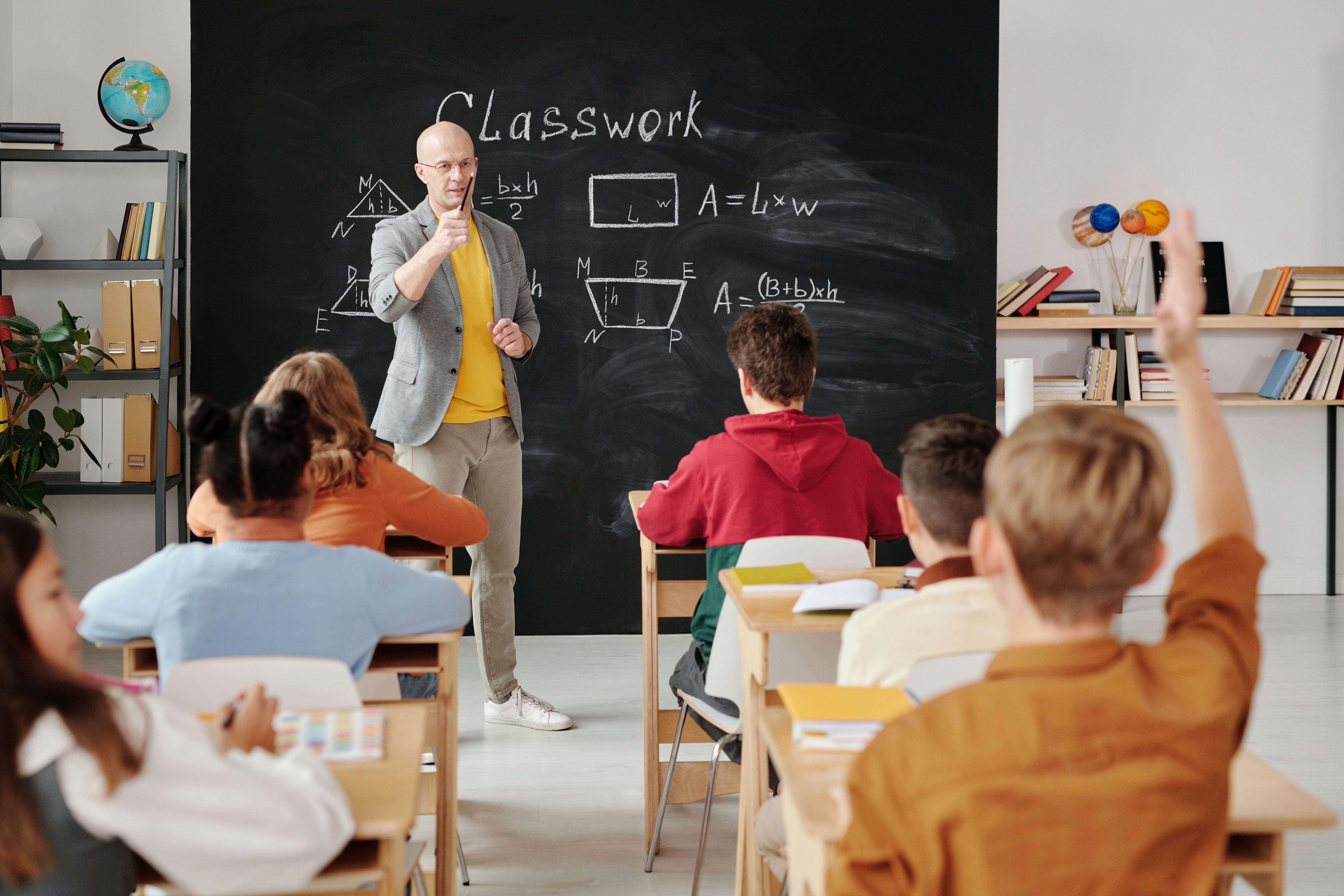In the ever-evolving landscape of education, student engagement remains a cornerstone of academic success. As educational institutions worldwide continue to adopt new technologies and teaching methods, the challenge of keeping students interested and invested in their learning has never been more critical. According to a report by Gallup, only 47% of students in the US feel engaged in school, a number that underscores the urgent need for effective strategies to maximize student engagement.
## Understanding Student Engagement
**Definition:** Student engagement refers to the degree of attention, curiosity, interest, optimism, and passion that students show when they are learning or being taught. It is a crucial predictor of academic success and overall student well-being.
### Types of Engagement: - **Behavioral Engagement:** Participation in academic and social activities - **Emotional Engagement:** Students' emotional reactions in the classroom, such as interest, boredom, happiness, and anxiety - **Cognitive Engagement:** Investment in learning, willingness to go beyond minimum requirements, and a deep, thoughtful approach to study
## Challenges to Student Engagement
- **Digital Distraction:** The prevalence of smartphones and social media can lead to distractions - **One-Size-Fits-All Approach:** Traditional teaching methods that don't account for individual learning styles - **Stress and Mental Health Issues:** Increasing academic pressure and mental health challenges
## The Engagement Crisis: Understanding the Numbers
Engagement is more than just participation; it's about creating a deep connection between students and their learning material. The numbers are telling:
- **Gallup Report:** 47% of students in the US report feeling engaged, while 29% are actively disengaged - **EdTech Impact:** Studies show that classrooms utilizing technology see a 34% increase in student engagement - **Australia's Education Review:** Schools implementing personalized learning strategies observed a 22% improvement in student focus and participation
## Key Strategies to Maximize Student Engagement
### 1. Personalized Learning **Description:** Personalized learning tailors instruction to individual students' strengths, needs, and interests. It can involve pacing learning appropriately, offering customized content, and allowing students to choose how they engage with material.
**Impact:** According to a study by the Bill & Melinda Gates Foundation, students in personalized learning environments show 30% higher performance than peers in traditional settings.
**Implementation:** Tools like learning management systems (LMS) and AI-driven platforms can help track student progress and adjust learning pathways accordingly.
### 2. Gamification **Description:** Gamification involves applying game design elements, like point scoring, leaderboards, and badges, to non-game contexts like education to increase engagement.
**Benefits:** Research by the Journal of Educational Psychology found that gamification can increase student participation by up to 50%.
**Example:** Platforms like Kahoot! and Duolingo use gamification to create engaging learning experiences.
### 3. Project-Based Learning (PBL) **Description:** PBL is a teaching method in which students learn by actively engaging in real-world and personally meaningful projects.
**Benefits:** PBL helps students develop critical thinking, problem-solving, and collaborative skills. The Association for Middle Level Education reports that students in PBL environments are 20% more likely to be engaged.
**Implementation:** Projects should be designed to be relevant and challenging, requiring students to apply their knowledge in practical scenarios.
### 4. Technology Integration: VR/AR **Description:** Virtual Reality (VR) and Augmented Reality (AR) are immersive technologies that bring learning to life by creating 3D simulations and interactive experiences.
**Impact:** According to a study by the Global Education Market Research, VR/AR integration in classrooms can increase engagement by 40%, especially in STEM subjects.
**Example:** Tools like Google Expeditions allow students to take virtual field trips, exploring historical sites or the human body in 3D.
### 5. Social-Emotional Learning (SEL) **Description:** SEL focuses on helping students develop emotional intelligence, including self-awareness, self-control, and interpersonal skills.
**Benefits:** SEL programs lead to better academic performance, with CASEL reporting an 11% improvement in academic achievement among students who participate in SEL.
**Implementation:** Incorporating regular SEL activities, such as mindfulness exercises and group discussions, can foster a supportive learning environment.
### 6. Blended Learning **Description:** Blended learning combines traditional in-person teaching with online educational materials and interactive opportunities.
**Benefits:** This approach offers flexibility and caters to various learning styles, leading to higher engagement. The Christensen Institute found that blended learning environments see a 25% increase in student participation.
**Implementation:** Schools can implement blended learning by providing online resources and tools that complement in-class instruction, allowing students to learn at their own pace.
## Monitoring and Assessing Engagement
### Key Performance Indicators (KPIs) Schools should regularly track attendance, participation, and academic performance to gauge the effectiveness of engagement strategies.
### Feedback Mechanisms Gathering student feedback through surveys and focus groups can help educators understand what's working and where improvements are needed.
## Future Trends in Student Engagement
- **AI and Machine Learning:** The use of AI in personalizing learning experiences will likely grow, offering even more tailored educational pathways - **Increased Focus on Well-being:** Schools will place greater emphasis on creating supportive and inclusive learning environments - **Continued Technology Integration:** More sophisticated tools and platforms will engage students in new and innovative ways
## Conclusion
Maximizing student engagement is not a one-size-fits-all approach. It requires a combination of personalized learning, interactive technologies, social-emotional learning, and flexible learning environments. As the educational landscape continues to evolve, schools and educators must remain adaptable, continuously exploring new methods to keep students interested and invested in their education.
**Ready to transform your classroom with proven engagement strategies?** At NCR Eduservices, we offer expert guidance and innovative tools designed to captivate students' attention and enhance their academic experience. Contact us today to discover how we can help you implement strategies that make a lasting impact on student success.




